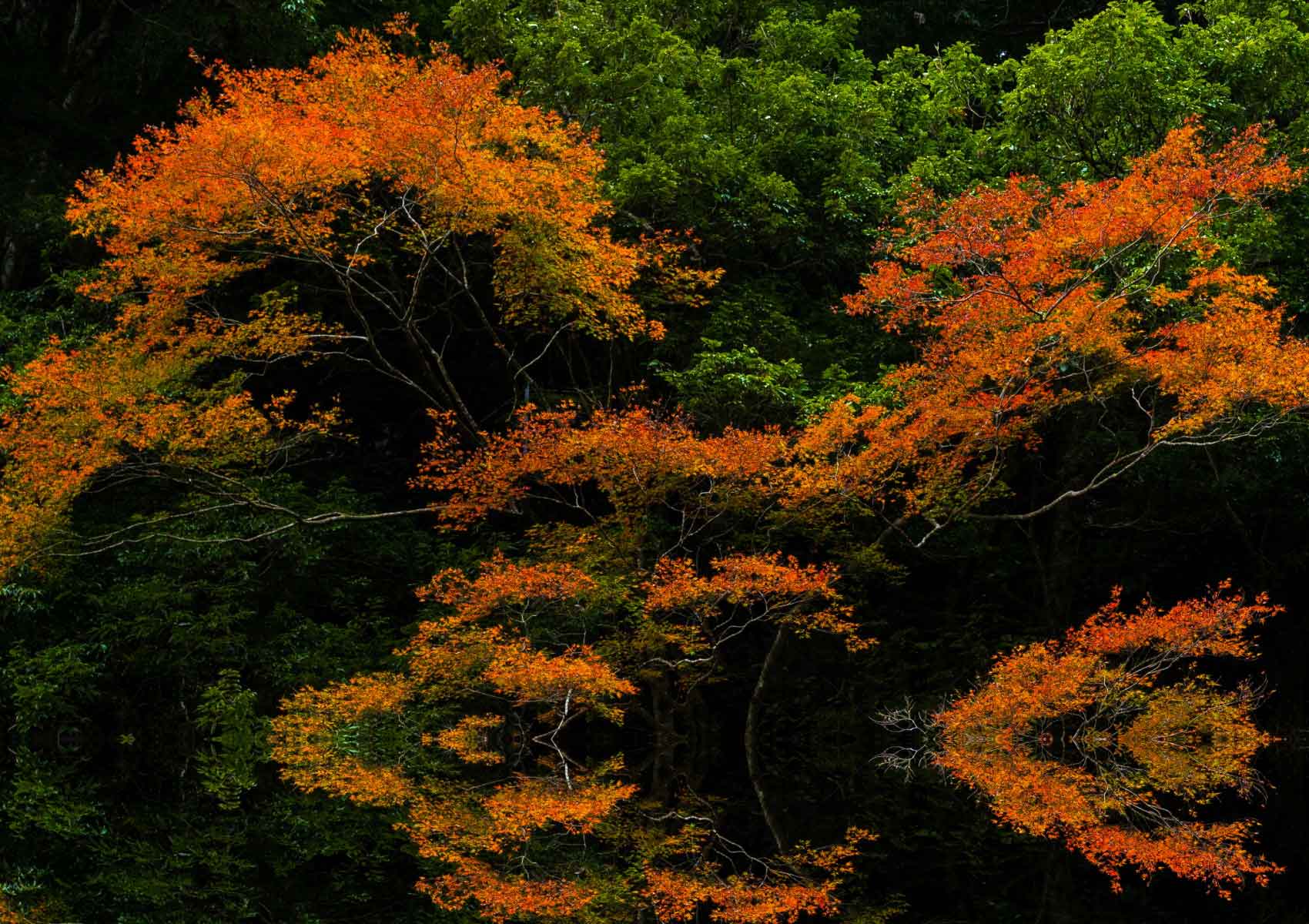COMMON TREE DISEASES
Common Tree Diseases
The majority of tree diseases are a result of some type of bacteria or fungi. There are many types of bacteria and fungi, and diseases are spread through a host of causal agents. Our job as Arborists is to go through a procedure to accurately diagnose tree problems.
Tree Diseases
Dutch Elm Disease
(DED) is a very known fungal disease infecting the vascular system of the American Elm. The fungus results in the clogging of vascular tissues preventing water movement, causing tree wilt and death. Symptoms include dying branches, and the best way to diagnose DED is to cut a live branch to determine if there is brown streaking in the sapwood. The bark beetle is known for spreading DED.
Tree Blight
Caused by a bacteria or fungus. Trees with blight display wilt, browning of leaves, dieback of leaves or twigs in major portions of a tree.
Fire Blight
Caused by a bacteria that affects mostly Apple and Pear trees.
Scab
A type of Fungus that generally appears on the fruit of Apple trees, first as lesions on the leaves, then as a hardened or cracked scab on the fruit.
Leaf Spot
Small spots of dead tissue on leaves.
Blotch
A type of Fungus that results in black or brown blotches on leaves, larger than leaf spots.
Leaf Scorch
Can affect a variety of tree species, usually caused by weather extremes. Results in browning or dead areas of a leaf generally toward the leaf ends around the circumfrance.
Oak Wilt
A Fungus that affects mostly Red Oaks, spread by insect vectors through root grafts. Results are usually leaf discoloration, wilt – drooping of leaves due to lack of water, defolitation, and death.
Verticillium Wilt
A soil born fungus, results when the leaves (usually in branch sections) on a tree suddenly yellow, wilt, and die over time. The wood and vascular system under the bark of the infected part of the tree is discolored in streaks.
Pine Wilt
Caused by a Pinewood Nematode, when the beetle chews on phloem or if a female lays eggs in the wood. Results are browning and dying out of the needles in large sections or more often all of a pine tree.
Armilarria Root Rot
A soil born fungus, commonly called ‘shoestring root rot’. Results in mushrooms growing on decayed wood. Root like structures called Rhizomorph’s are created and spread the fungus.
Anthracnose
A fungal disease that causes leaf blight. Commonly affects Dogwood, Ash, Oak, and Sycamore trees. Results in brownish blotches and discoloration Advancedng leaf veins.
Canker
Fungus that forms local necrosis of the bark and cambium on branches. Results in dead areas of the bark.
Hypoxylon Canker
A fungus that mostly affects Oak trees most likely induced by drought, results in necrosis in the bark. Hypoxylon Canker is very easy to identify as the bark turns a light grayish white color.
Leaf Blister
A fungal leaf spot disease, that looks similar to a human blister. Usually pale green and swollen spots on a leaf, most common to affect Oaks.
Rust
Fungus causing orange or reddish brown swollen areas on a leaf or galls and cankers. Mostly seen on Apple trees.
Gall
An abnormal growth of tree tissue caused by parasites from fungi and bacteria, insects or mites. Looks like a large growth on the trunk, branch, twig, or leaf.
Chlorosis
Yellowing of leaves due to lack of Chlorophyll. Generally caused by lack of nutrients in soil, high PH (alkalinity), drought, or soil compaction. Generally, the leaf veins will stay green and the rest of the leaf yellows.
Necrosis
The death of cells or tissue caused by injury or disease.
Dieback
The dying of tree branches, starting at the tips.
Powdery Mildew
White powdery spots on leaves or stems caused by a fungal disease. As spots get larger, spores are formed and spread the disease to other parts of the tree. Many tiny black dots are another type of spore of Powdery Mildew. Common on Lilac, Crab Apple, and Sycamore.
Sooty Mold
A black growth on the surface of leaves that grows on honeydew deposited by aphids.
Gummosis – The exudation patches of gummy sap from wounds or openings in the bark, particularly from a fruit tree.
Black Knot
A warty swelling on the bark caused by a fungal disease. Common among cherry and plum trees.
Heart Rot – A fungal disease that causes the decay of wood in the center of the trunk and branches of a tree.
Shoe String Root Rot
A fungal disease that looks like stringy fungus. Shoe String root rot appears above ground during the growing season at the base and surface roots of a tree. Common among Oak trees.
Girdling Root
A circular root that grows around the base of a tree. As the trunk expands, the root cuts off the circulation of vascular flow to the top center of a tree. Normally caused by a pot where tree roots started to grow.


 Quality Work, Quick Response Reasonable Rates
Quality Work, Quick Response Reasonable Rates



